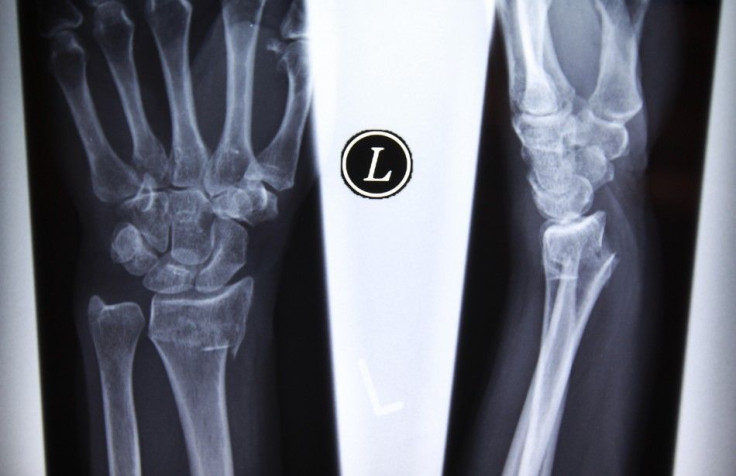Scientists find better way to grow bone cells

A new and more precise way to synthetically control differentiation of stem cells into bone cells has been developed by leveraging bioinspired hydrogels.
The new technique has promising applications in the realm of bone regeneration, growth and healing, according to researchers led by the team at the Wyss Institute for Biologically Inspired Engineering at Harvard University.
For about a decade, researchers have been able to direct the fate of stem cells by tuning the mechanical stiffness of synthetic microenvironments such as hydrogels. Stem cells in more flexible hydrogels have been shown to differentiate into fat cells while those in stiffer hydrogels are more likely to differentiate into osteogenic or bone cells.
However, tuning stiffness alone is not precise enough to overcome many of the challenges in differentiating and proliferating different types of stem cells, since it results to elastically like rubber. In nature, extracellular matrices are not elastic, they are viscoelastic. Viscoelastic materials, such as chewing gum or Silly Putty, relax over time when force or stress is applied.
"This work both provides new insight into the biology of regeneration, and is allowing us to design materials that actively promote tissue regeneration," says Mooney.
Mooney and his team decided to mimic the viscoelasticity of living tissue by developing a novel hydrogel containing tunable stress relaxation responses. When they put stem cells into this viscoelastic microenvironment and tuned the speed at which the gel relaxed, they observed dramatic changes in the behavior and differentiation of the cells.
The researchers found that by increasing stress relaxation, especially combined with increased stiffness in the hydrogel, there is an increase of osteogenic differentiation. These cells also continued to develop toward full–fledged bone cells, the team says.
Coagulated bone marrow and blood near a fracture are very viscous, the team says. They note that their study is a good indication that in the natural environment, when a bone fracture is healing, it needs a really fast–relaxing matrix to assist in bone growth.
In a stem cell study conducted at the University of Miami Miller School of Medicine in March this year, researchers have isolated a trigger in stem cells which they say could be the key to growing bone and combating conditions like osteoporosis and obesity.
The study is the culmination of years of work to define a specific biochemical switch that determines whether stem cells become bone or fat. The discovery, led by the Interdisciplinary Stem Cell Institute at UM, focused on specific types of stem cells, called mesenchymal stem cells, which are found in the bone marrow.
Contact the writer at feedback@ibtimes.com.au or tell us what you think below.




















